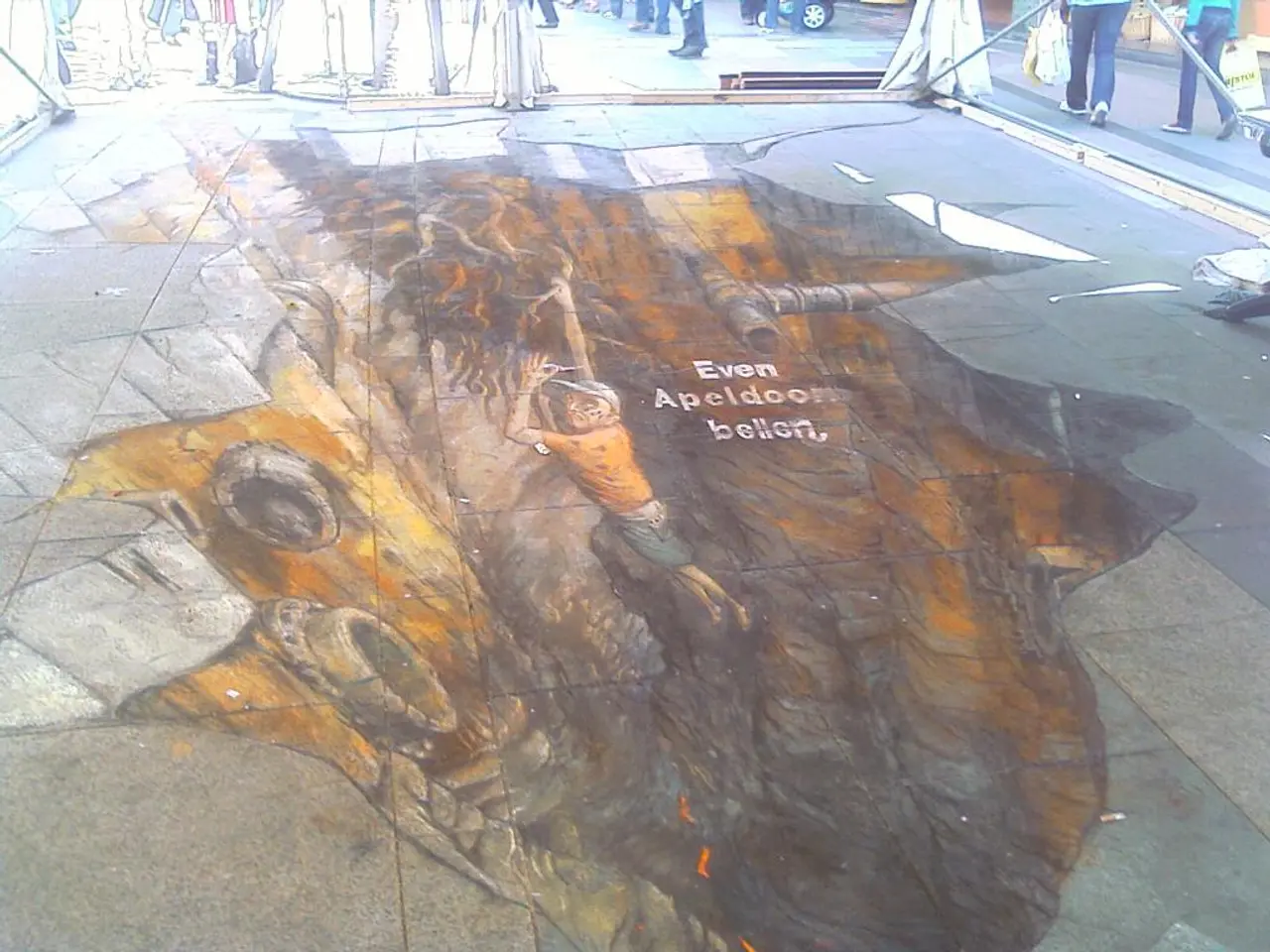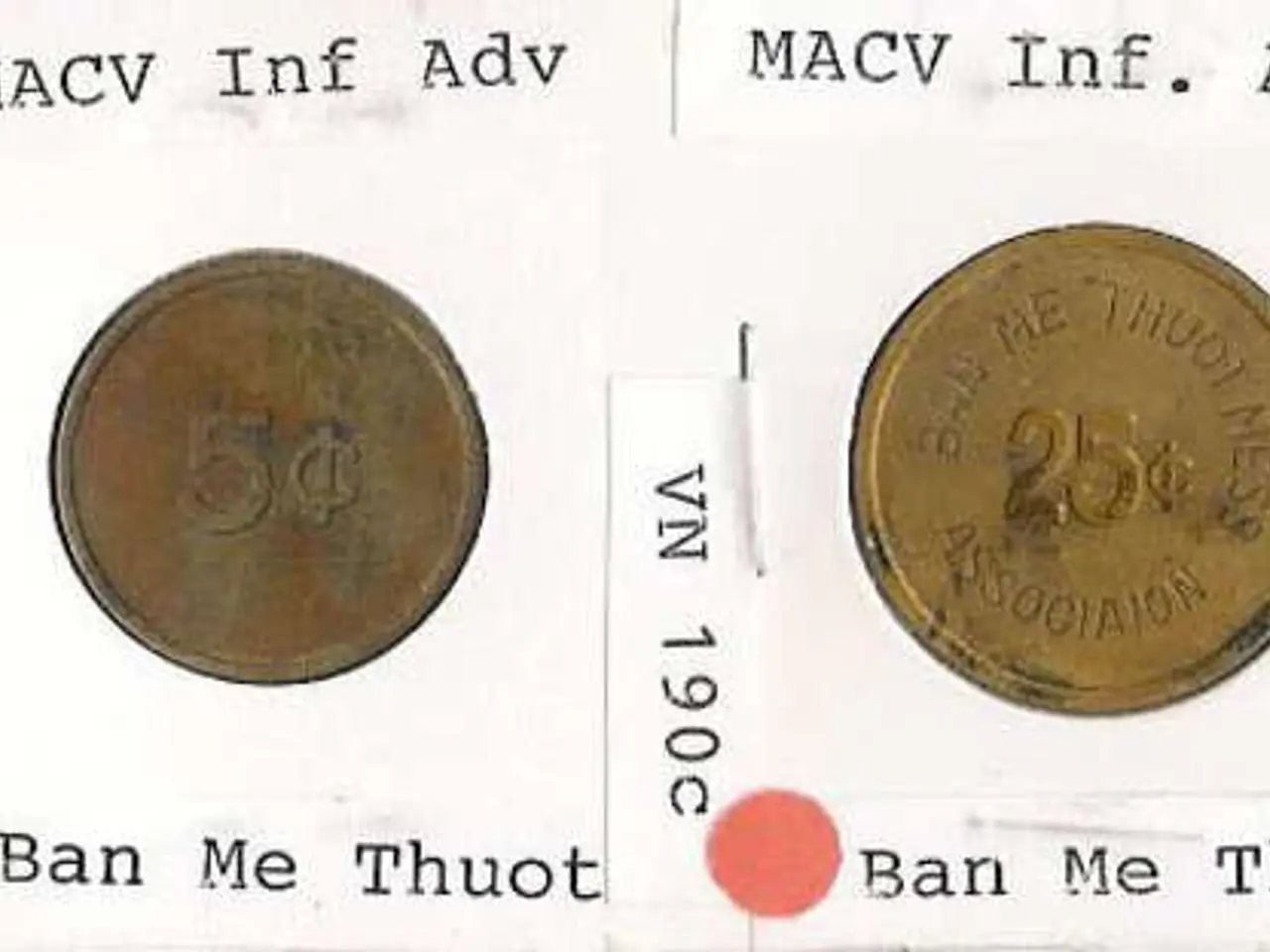Selecting 3D Modeling Software: Top Picks and Decision Guide
In the realm of digital design, 3D modeling software plays a pivotal role in creating accurate, high-quality models quickly. This article highlights five popular 3D modeling applications and their special features, along with emerging AI-driven generators and precision modeling tools.
Autodesk 3ds Max, a versatile all-rounder for 3D visualization, boasts extensive modeling and rendering tools, making it an ideal choice for architectural visualization, games, film, and design.
ZBrush, renowned for digital sculpting and detailed modeling, is a powerhouse in character modeling and high-detail sculpting for games and movies. Its powerful brush system allows for creating high-resolution models with up to 40 million polygons.
Houdini, an industry-standard for visual effects, excels in procedural modeling and simulation, contributing to blockbuster films, animation, and simulations.
Cinema 4D, known for its user-friendly interface, offers excellent motion graphics integration, making it a go-to for motion graphics, broadcasting, and design.
Autodesk Maya, an industry staple, provides comprehensive modeling, animation, and rendering capabilities, dominating film, television, game development, and animation.
Beyond these traditional tools, AI-driven 3D model generators are gaining traction for rapid prototyping and concept generation. Meshy AI, Formia, and 3D AI Studio are examples of such tools, each offering unique advantages for fast concept generation and product-focused modeling.
For ultra-precise engineering workflows, ZEISS Reverse Engineering software stands out, offering submillimeter accuracy with advanced 3D scanning integration, enabling one-to-one digital replicas for manufacturing and intricate design refinement.
Other notable mentions include SketchUp, Rhino3D, and Blender. SketchUp, with features like Photo Match, LayOut, and SketchUp WareHouse, is a versatile tool used for various purposes such as 3D visualization, building design, product design, landscape design, outdoor advertising, 3D modeling for 3D printing, entertainment industry, editorial illustration, and virtual architecture.
Rhino3D, a curve-based commercial modeling tool, is easy to use and master, with applications in areas such as computer-aided design, computer-aided manufacturing, rapid prototyping, architectural design, product design, jewelry industry, industrial design, automotive and watercraft design, 3D printing, 3D digitizing, rapid-prototyping, 3D painting, games development, and pipeline.
Blender, a free 3D modeling software created by a Holland animation studio NeoGeo, supports the whole 3D pipeline - modeling, rigging, animation, simulation, rendering, compositing, and motion tracking, as well as creation of animated films and games. However, its learning curve can be steep, making it less popular in the film industry due to compatibility issues with existing pipelines based on Maya or 3D Max.
In conclusion, the choice of 3D modeling software depends on the specific domain—be it entertainment, product design, architecture, or industrial manufacturing—and the balance sought between speed, accuracy, and creative control. Whether it's the traditional tools or the emerging AI-driven generators, each offers unique advantages, ensuring a wide array of choices for professionals in the field.
- In digital design, Autodesk 3ds Max, a versatile tool, offers modeling and rendering features ideal for architectural visualization, games, film, and design.
- ZBrush, celebrated for digital sculpting and detailed modeling, excels in character modeling and high-detail sculpting for games and movies.
- Houdini, an industry-standard for visual effects, specializes in procedural modeling and simulation, contributing to blockbuster films, animation, and simulations.
- Cinema 4D, known for its user-friendly interface, offers motion graphics integration and is a popular choice for motion graphics, broadcasting, and design.
- Autodesk Maya provides comprehensive modeling, animation, and rendering capabilities, dominating film, television, game development, and animation.
- Emerging AI-driven 3D model generators like Meshy AI, Formia, and 3D AI Studio offer fast prototyping and concept generation for product-focused modeling.
- For precise engineering workflows, ZEISS Reverse Engineering software offers submillimeter accuracy with advanced 3D scanning integration.
- SketchUp, a versatile 3D visualization tool, is used for various purposes such as 3D printing, product design, architectural design, and virtual architecture.
- Blender, a free 3D modeling software, supports the whole 3D pipeline but has a steep learning curve, making it less popular in the film industry due to compatibility issues with existing pipelines.




